Karate SHITO-RYU; Lesson #1 (white belt)
Hi Steemians!
Trained in the world of karate, I would like to share with you the basic positions of karate, which is the first lesson for a white belt.
In this post I will teach you the positions of the feet (Heisoku-dachi, Musubi-dachi, Heiko-dachi, Shiko-dachi, Moto-dachi, Zenkutsu-dachi and Neko-ashi-dachi), how to advance and turn correctly. Note: there are several styles of karate, which will be presented below is the SHITO-RYU.
First of all who do not know its meaning, "karate-do" it means the path of the empty hand. "Kara" (empty), "te" (hand) -"empty hand"- and do ("way", "philosophy of life"). It's very important to learn the basic positions since that is where the karate is formed and will grow in a great way. Every position has to be firm, if the body lacks balance and stability the position to be performed will be poorly executed.
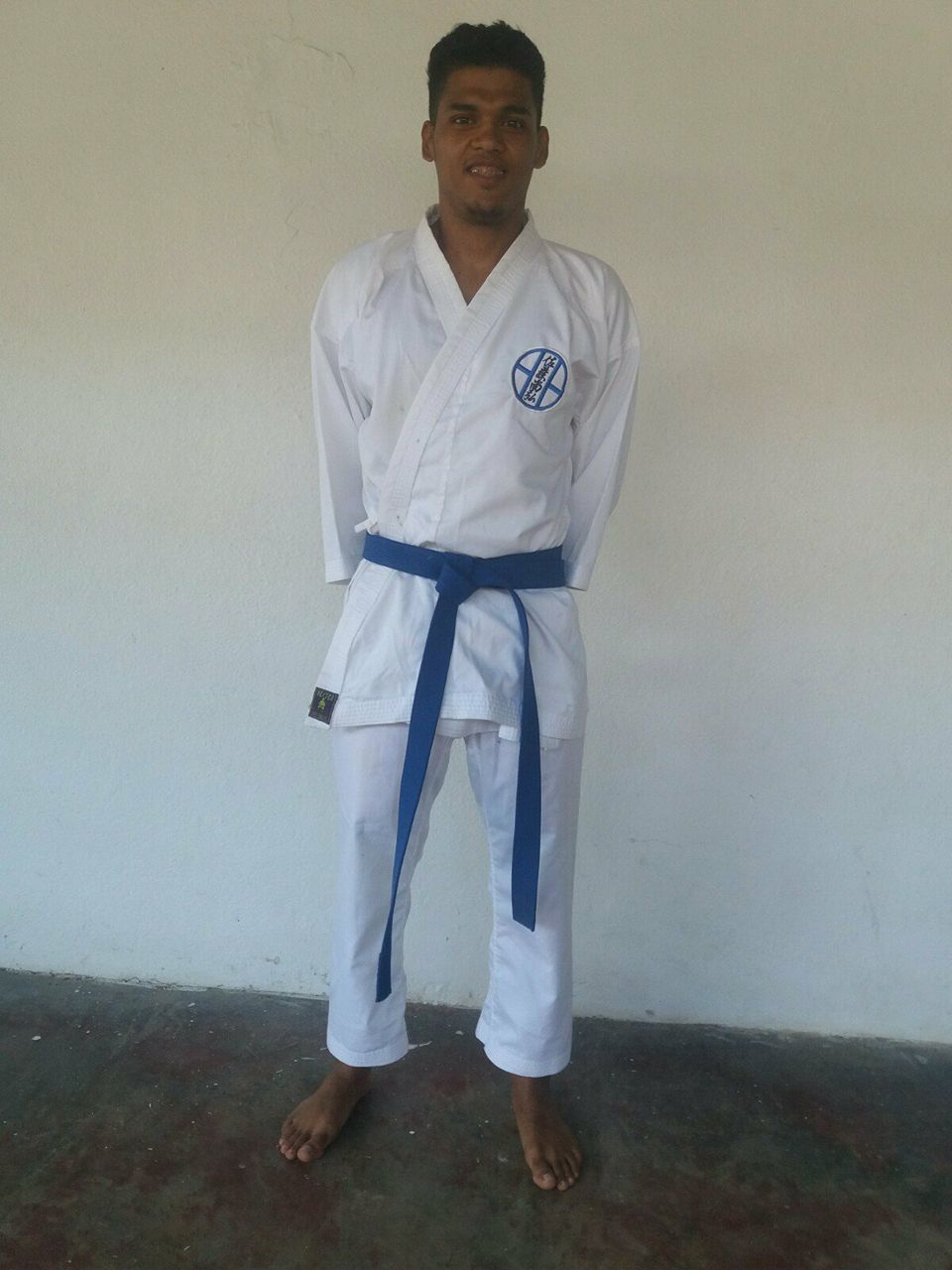

- Heisoku-dachi: position of feet together, these are placed one on the other so that the heels are and the tips of the feet are touching keeping the back straight. This position is the easiest.
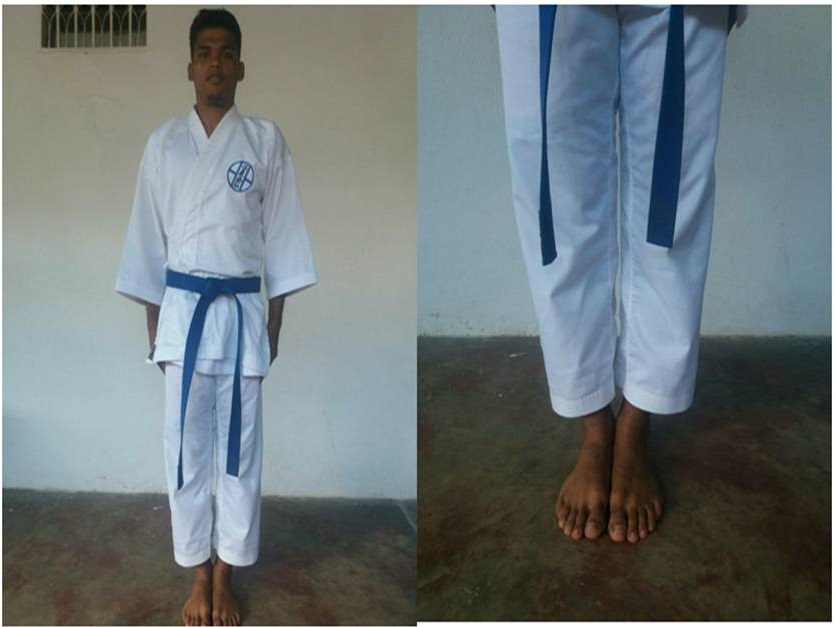
- Musubi-dachi: position of open feet, used to greet. This position will place the heels together and the tips of the feet separated at an angle of 45 degrees keeping the back straight like Heisoku-dachi.
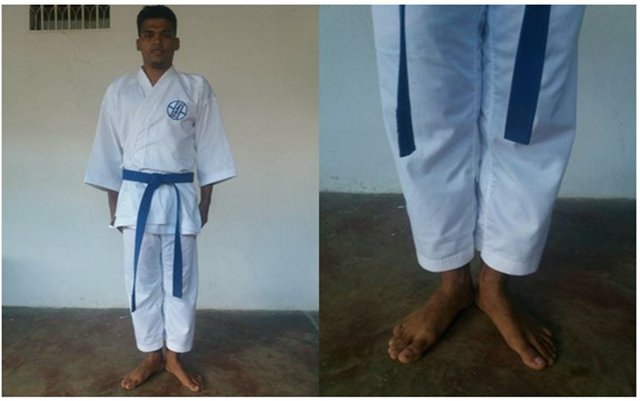
- Heiko-dachi:position of parallel feet, the feet are placed shoulder width, parallel to each other. The arms are placed extended and firm in front of the thighs. This position is very suitable for training kumite (combat).
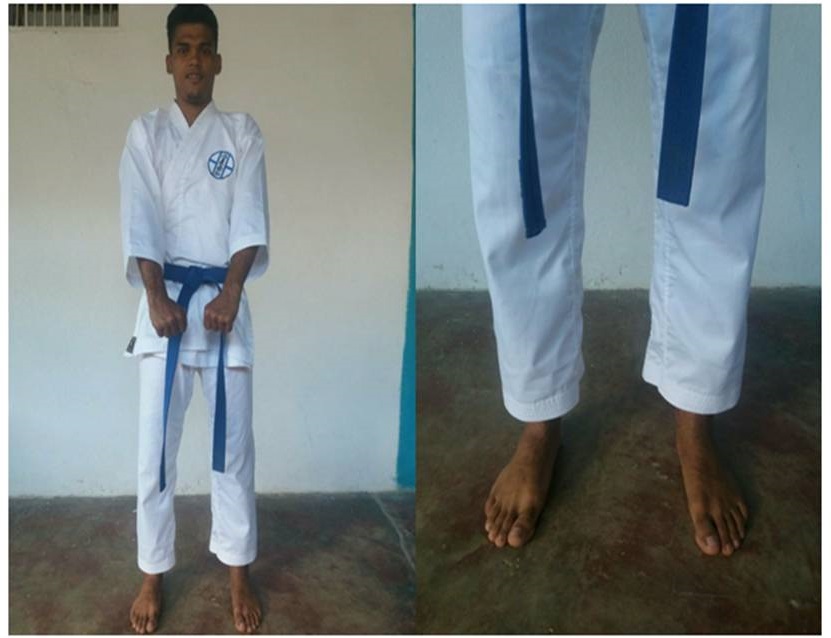
- Shiko-dachi: position known as "horse rider" or "sumo position". The knees in shiko dachi tend towards the outside, stretching the abductor muscles of the legs and the hips lower something forming an angle between thighs and calves of 30º minimum and maximum of 45º and thus the weight of the body will be distributed in equal parts to each leg .
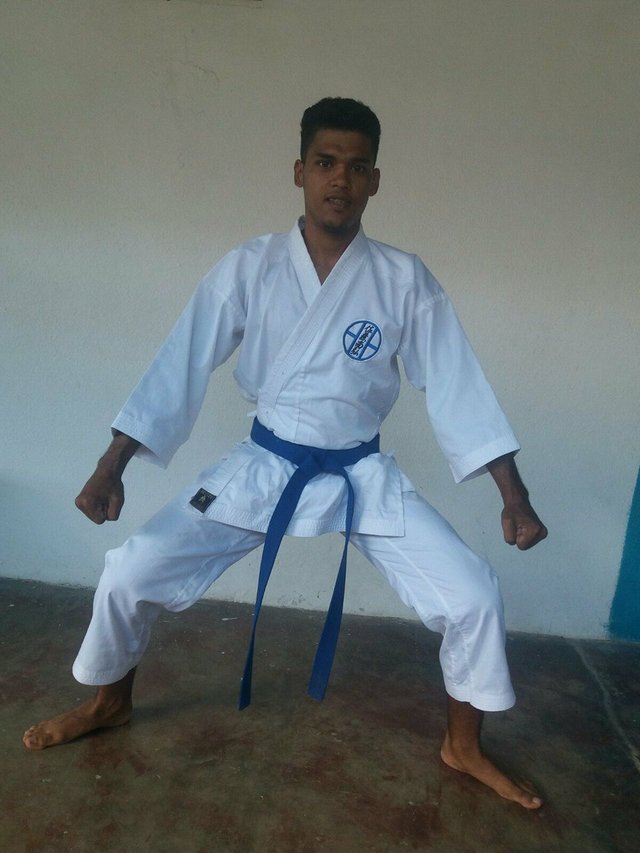
- Neko ashi-dachi: position known as "Cat position", the back leg is semi-flexed and it supports almost all the weight of the body and the forward foot only supports the part of the fingers.
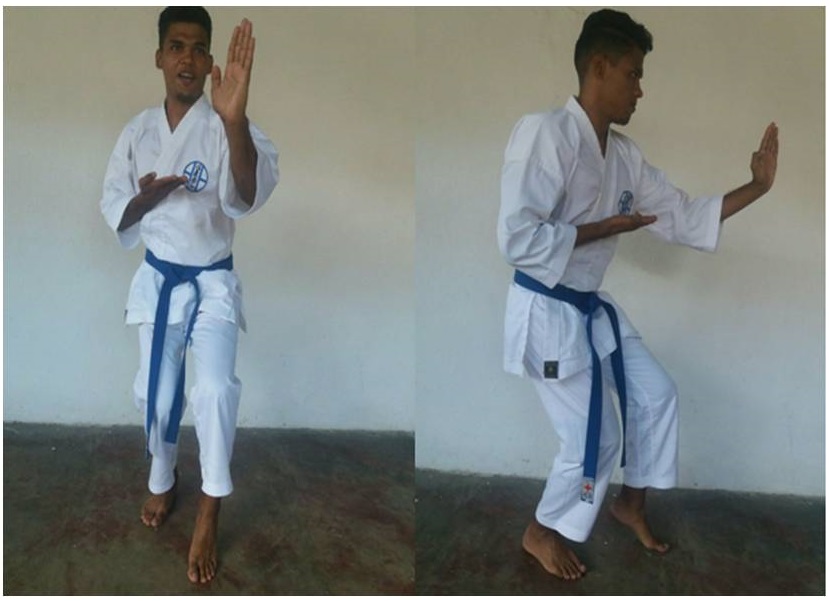
- Moto-dachi: Combat position, this position is the most used to perform combat by placing the fists in front at the height of the shoulders.
The feet are separated from each other equivalent to the width of the shoulders, parallel facing forward and one of them forward about 30 cm.
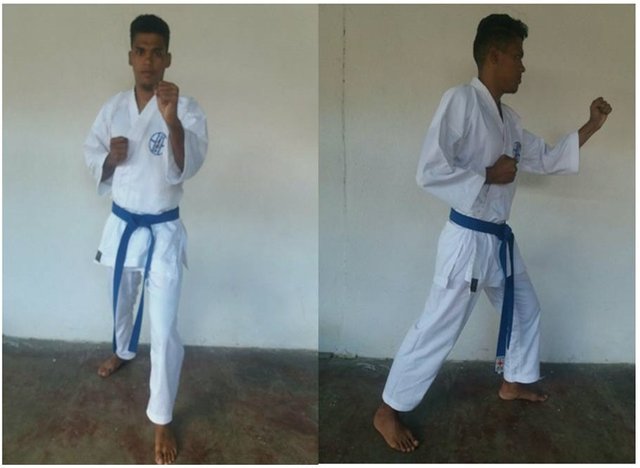
- Zenkutsu-dachi: forward position, this position is similar to moto-dachi the difference is that the position of the foot is more advanced. It is more used for defense than for attack. Most of the weight falls on the forward leg. There are two types of guard which are:
- Migui zenkutsu-dachi: Right leg ahead.
- Hidari zenkutsu-dachi: Left leg ahead.


How to advance and rotate correctly:
The way forward is simple, once you are in the moto-dachi position, the back foot makes a half-moon pinking the foot that is forward being that your guide and thus moving forward. To rotate the forward foot crosses 45 degrees to the opposite side of the foot and then turn the hip remaining in the initial position as it was displayed in the video.
Well friends of Steemit, this was it. I hope the information provided will be of great help to the community. Any question or suggestion let me know in the comments.
Until the next lesson!
